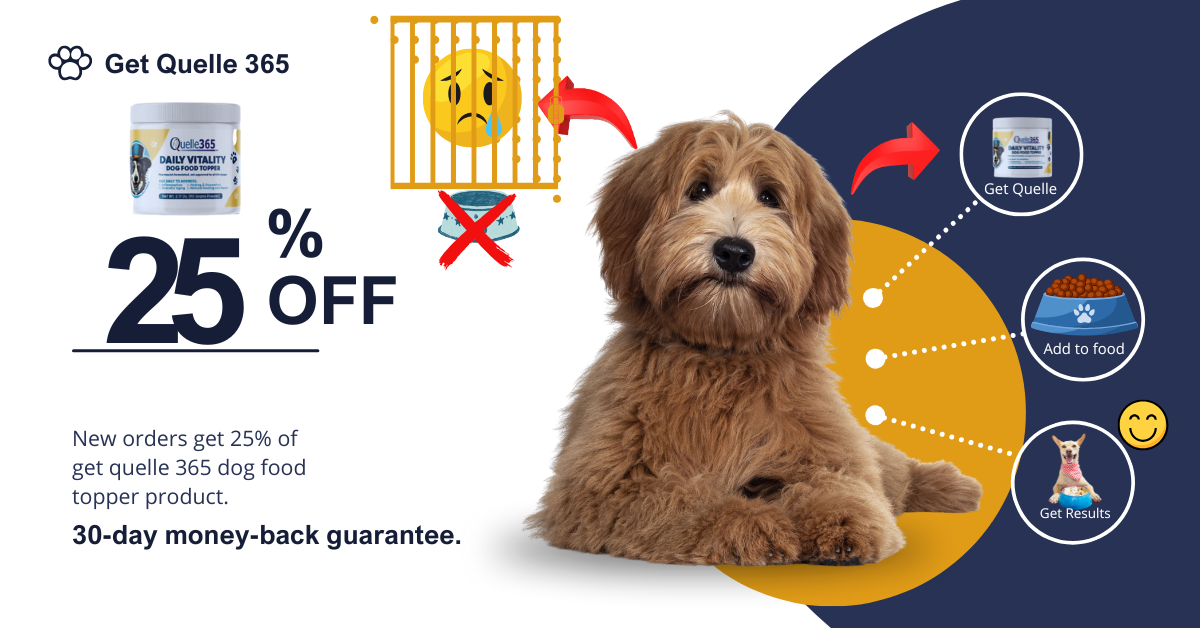Want Puffy Rotis? You Need Atta
For years my mother tried to explain the intricacies of roti-making to me. She successfully taught me how to move my wrists so the rotis are “round as the moon,” and less successfully showed me how to cook one so it’s soft and puffy with spots of char. Rotis and chapatis were so engrained in our daily life that I simply looked past them, thinking it’s flour and water, how hard could it be? I moved 8,000 miles away from home before realizing the answer is: very, if you don’t have the right flour.
There are many styles of roti in the world. In India and all the countries Indians emigrated to, roti is a round, unleavened flatbread. In Kenya, like in India, roti is interchangeable with chapati (though purists will argue that rotis contain no oil or fat in the dough while a chapati might). Malaysian roti canai and Trinidadian buss up shut are both flaky, layered varieties similar to Taiwanese scallion pancakes. And there are versions of roti in Thailand, Guyana, Sri Lanka, Jamaica, and more.
Today we’re zooming in on the Indian variety I grew up with. These rotis are made with atta, a type of whole wheat flour used in Indian cooking. I learned the hard way that the whole wheat flour found in American grocery stores doesn’t translate as a 1:1 substitute. It all comes down to the way the wheat is processed. Indian atta is stone-ground, meaning the wheat kernels are crushed between millstones into a fine powder. The two stones rubbing together generates a significant amount of heat, which precooks some of the starches in the flour, making it softer and weaker. This helps yield tender rotis. By contrast, most whole wheat flour found in US supermarkets is roller milled by metal drums, and quite a bit coarser than atta. Rotis made with conventional American whole wheat flour tend to be chewy, with barely any puff, and verge on bitter.
Atta is still an ingredient mostly easily found at Indian or South Asian grocery stores (and, of course, the borderless shopping carts of the internet). I buy bags of atta at Patel Brothers, an Indian American grocery chain that sells everything from canned gulab jamuns and fresh curry leaves to sandalwood soap. Of the brands I’ve found online, Sujata Chakki Atta is the one that performs best. Look for the word “chakki” on the bag, an indicator the flour was stone-milled. Perhaps out of patriotic allegiance, I always buy atta made with Indian-grown wheat. I find it’s more finely ground and produces more supple rotis than atta sourced from Canada or elsewhere.
Source link







:max_bytes(150000):strip_icc()/Best-Items-From-Trader-Joes-To-Make-Turkish-Food-FT-BLOG0625-13d38bdbaf104eefb001ea69c634b724.jpg)
:max_bytes(150000):strip_icc()/opinel-no-125-table-knife-set-1e959eb91cb84eb1ba402cc4a6b54f5a.jpg)